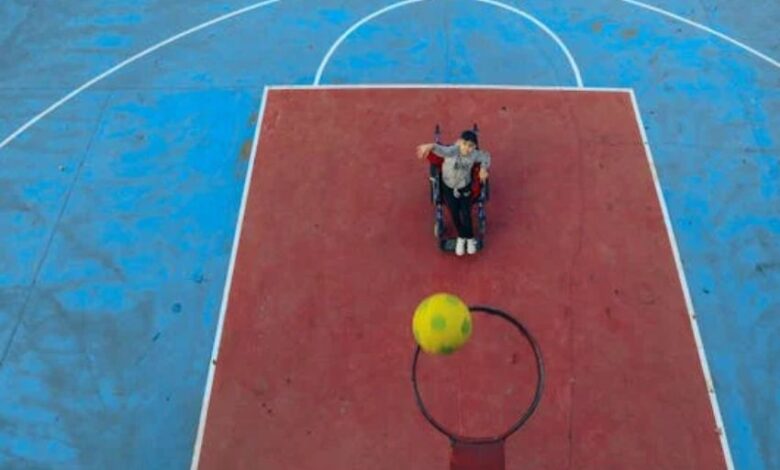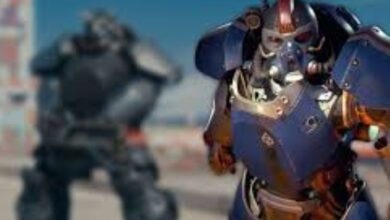Mastering drawing:cul23ybyzfm= basketball”: A Comprehensive Guide

Drawing a basketball, especially under the framework of “drawing:cul23ybyzfm= basketball” is not just about sketching a simple circle and adding a few lines. It’s an artistic endeavor that requires a deep understanding of shapes, textures, and shading techniques to bring out the realistic essence of the sport’s most iconic element. Whether you’re a novice artist or a seasoned illustrator looking to refine your skills, this guide will walk you through the process of creating a lifelike drawing of a basketball, covering everything from basic shapes to advanced shading techniques.
Understanding the Basics of “drawing= basketball”
The first step in mastering “drawing:cul23ybyzfm= basketball” is understanding the basic structure of a basketball. A basketball is fundamentally a sphere, but translating this three-dimensional object onto a two-dimensional surface requires more than just a simple circle. The circle serves as the foundation, but achieving a realistic look involves adding contour lines that convey the ball’s curvature and depth.
To begin, sketch a large, light circle using an HB pencil. This circle will form the outline of your basketball. Once the circle is in place, draw two intersecting lines that divide the circle into four equal parts. These lines should curve slightly to mimic the roundness of the basketball, resembling the equator and prime meridian on a globe.
Adding the Iconic Basketball Lines
The distinctive black lines on a basketball are crucial to its realistic portrayal. These lines not only define the ball’s structure but also enhance its visual appeal. Using the guidelines created in the previous step, lightly sketch the main lines of the basketball. These lines should curve in accordance with the ball’s spherical shape, with particular attention paid to symmetry and even spacing.
Once the basic lines are in place, refine them by making them thicker and more defined using a 2B pencil. The lines should be bold and consistent in width, closely mirroring the actual lines on a basketball. Pay special attention to the intersections where these lines converge, ensuring they are smooth and seamless.
Shading Techniques for Realism in “drawing:cul23ybyzfm= basketball”
Shading is where your drawing begins to take on a three-dimensional quality. Proper shading adds depth and dimension, making the basketball appear round and textured rather than flat. Before you start shading, it’s essential to determine your light source. Knowing where the light is coming from will help you accurately place shadows and highlights, which are critical for creating a realistic drawing.
Begin by lightly shading the areas of the basketball that are farthest from the light source using an HB pencil. Gradually build up the darkness with 2B and 4B pencils in the areas that would naturally be in shadow. The darkest shadows will be opposite the light source, while the lighter areas will be closer to it. This contrast between light and dark is what gives the basketball its rounded appearance.
Capturing the Texture of a Basketball
A basketball’s unique texture, characterized by its pebbled surface, is what makes it instantly recognizable. To replicate this texture in your drawing, you can use a technique called stippling or hatching. Stippling involves creating small, evenly spaced dots or short lines across the ball’s surface to mimic its pebbled texture.
Use a fine-tipped pencil for this step, and vary the pressure to create different shades and textures. The goal is to capture the uneven, bumpy surface of the basketball, which will enhance the realism of your drawing. After applying the texture, use a blending stump or tissue to smooth out the shading. This step will unify the tones and soften any harsh lines, but be careful not to over-blend, as this can reduce the textural effect.
Refining Your Drawing: Final Touches
Once you’ve completed the shading and texturing, it’s time to add the final touches that will make your drawing stand out. Use a kneaded eraser to gently lift some graphite from areas where the light hits the ball, creating highlights. These highlights will enhance the three-dimensional effect and add a sense of realism to your drawing. Be subtle with the highlights to avoid an unnatural look.
Next, return to the deepest shadows with your 4B pencil to darken them further. This contrast will make the highlights more pronounced and the ball’s roundness more apparent. Focus on the edges of the basketball where the ball curves away from the light, as these areas should be the darkest.
Finally, step back and review your drawing as a whole. Look for any inconsistencies or areas that need refinement. Ensure the lines are smooth, the shading is even, and the texture is consistent. Make any necessary adjustments to create a polished, professional-looking drawing.
Avoiding Common Pitfalls in “drawing:cul23ybyzfm= basketball”
Even experienced artists can make mistakes when drawing complex objects like a basketball. One common error is overworking the drawing by adding excessive detail or shading, which can make the drawing appear cluttered. To avoid this, take breaks and periodically assess your work. Remember, sometimes less is more when it comes to achieving a realistic effect.
Another common mistake is ignoring the light source, which can lead to unrealistic shading and highlights. Always establish a clear light source before beginning your shading, and maintain consistency throughout your drawing for a more believable result.
Advanced Techniques for “drawing:cul23ybyzfm= basketball”
Once you’ve mastered the basics, you can explore advanced techniques to further enhance the realism of your basketball drawing. One such technique is using colored pencils to add vibrancy and depth. Start with a light base color and gradually build up to darker shades, blending them smoothly. Pay attention to the transitions between colors and maintain the texture as you did with graphite.
Experimenting with different textures and materials can also push your drawing to the next level. For example, using sandpaper to create subtle texture on the ball or trying different shading techniques like cross-hatching can add a dynamic look to your drawing.
Incorporating Motion and Context into Your Drawing
If you’re looking to depict more than just a still-life basketball, consider adding elements of motion or context. For instance, you can draw the basketball in action, with a hand gripping it or in mid-air as it’s about to make a shot. These additional elements can add a narrative to your drawing and make it more engaging.
To effectively capture motion, focus on dynamic positions and flowing lines that convey movement. Experiment with different angles and viewpoints to create a sense of energy and action in your artwork. Pay attention to small details, like the bend of a player’s knee or the arc of the ball, to make the scene more realistic.
The Importance of Practice in “drawing= basketball”
Like any skill, mastering “drawing:cul23ybyzfm= basketball” requires consistent practice. The more you draw, the more familiar you’ll become with the shapes, proportions, and textures unique to a basketball. Don’t be discouraged by initial challenges or mistakes; they are all part of the learning process.
Set realistic goals for yourself during practice sessions, such as mastering a specific shading technique or capturing the ball’s texture accurately. Over time, you’ll notice significant improvements in your drawing abilities.
Conclusion: The Art of “drawing:cul23ybyzfm= basketball”
Drawing a realistic basketball, especially under the framework of “drawing:cul23ybyzfm= basketball,” is an art form that combines technical skill with creative expression. By understanding the basic shapes, mastering shading and texturing techniques, and practicing consistently, you can create drawings that are not only accurate but also visually compelling. Whether you’re drawing a still-life basketball or incorporating it into a dynamic scene, the techniques outlined in this guide will help you bring your artistic vision to life. Keep practicing, experimenting, and most importantly, enjoy the process of creating your basketball art.
